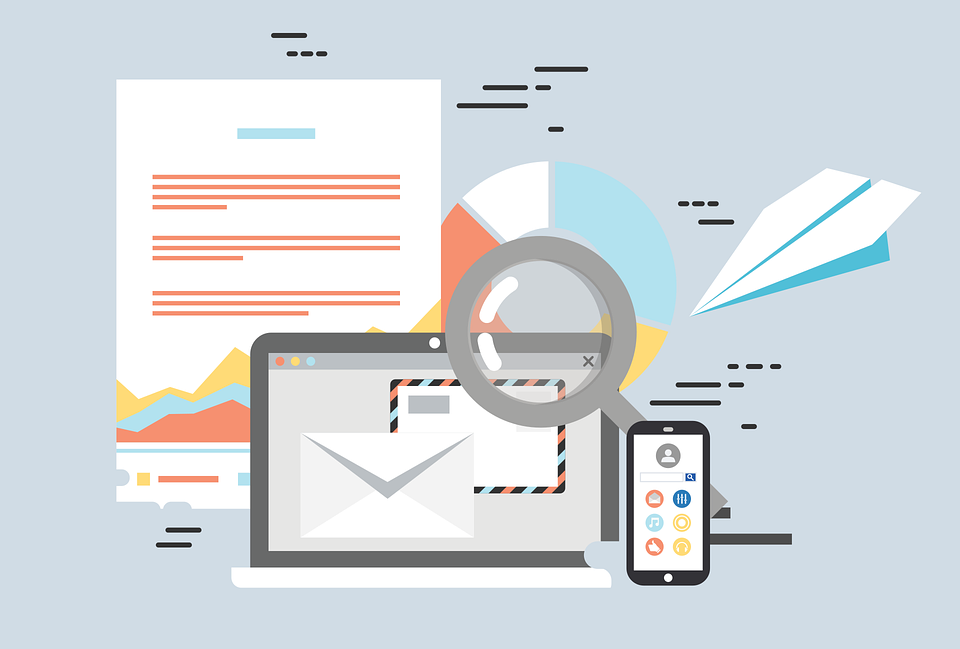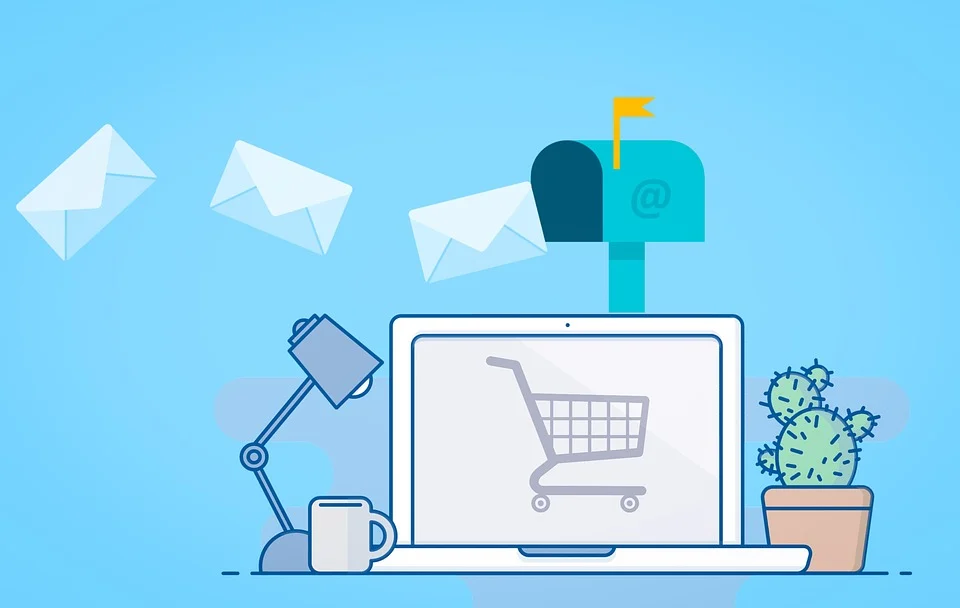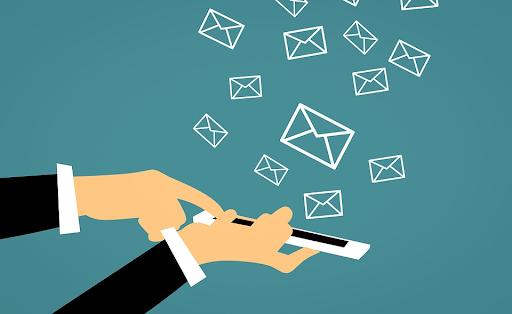New Paragraph

Email Marketing: How to Grow Your Email List
June 29, 2021
Despite what you may have heard, email marketing remains a crucial tool in the marketing toolbox — especially for local businesses and eCommerce brands. In fact, research shows that the ROI for email marketing is $42 for every dollar a business spends.
Email marketing is not only a great way to engage an audience with valuable content, but it’s also a way to remind your customer base that you are standing by to help them when the need arises. Even if your audience is too busy to open and read your emails every time, they still get a regular reminder that you and your business are alive and well.
However, for many business owners, getting started can be a daunting task. Let’s look at some of the best ways to launch a regular email marketing campaign…
Organize Your Contacts
You likely already have a large email list of your current customers, prospects, and vendors. Your sales and leadership team probably has a lot of them too. The challenge is to put all of those contacts into one database in order to upload them into an email marketing platform like Constant Contact, Mailchimp, or Active Campaign. It’s best to assign the task of wrangling all of those contacts from your team to one person. But once you have your list, it’s also important to “scrub” it for email addresses that are no longer active.
Scrub Your Email List First
When sending out email blasts, particularly for the first time, it’s very important to limit the number of emails that “bounce” because they are no longer active. Email marketing platform providers like the ones mentioned above are vigilant when it comes to bounce rates because they do not want to appear to be supporting email spammers. You also do not want email providers like Google to flag you as a spammer. So how do you scrub your list? First, never “buy” an email list. It’s more than likely to contain lots of inactive email addresses that will bounce. Next, make sure you clean up your list using a service like zerobounce.net or validity.com. These services, “test” the emails and confirm their validity without actually sending them an email.
Using Website Forms
One of the easiest ways to capture leads for your email list is through a form on your website, but this is also a great strategy for gathering data for future content marketing — like webinars, content downloads, and personalized discounts. There are several types of forms that you can choose to leverage to grow your list; two of the most popular are inline forms and pop-up forms.
Inline forms are embedded in the pages of your website. They can be located anywhere on the page and be on any (or every) page of your website if you choose. Talk to whoever is building or managing your business website about plug-ins that can track the performance of your inline forms.
A great way to use inline forms is by adding a sidebar to every page of your website. No matter which page they’re on, they’ll have a chance to submit their information to your email list. Take things one step further by incentivizing the sign-up process with a free content download or discount at your brick-and-mortar location.
Pop-up forms are exactly what they sound like; they will pop up on the screen when website visitors take a certain action or visit a certain page. While these are a great way to pique the interest of your website traffic, they could impact how well your website performs and need to be designed by professionals.
Pop-ups can also be time-delayed, giving visitors a few minutes to check out your site without being obstructed by a pop-up. Relate pop-up incentives to the content on the page visitors are viewing and put them on high-traffic pages to increase the odds that it will be seen.

What’s Next?
Once you’ve collected email list information from your forms, take the time to segment your audience. If you’re working with a marketing team, rely on their knowledge and expertise to build these segments. Personalized content goes a long way to providing an optimal customer experience, from the first contact to repeat purchases — transaction rates are six times higher when customers receive personalized emails.
Your social media partner can also use your social media accounts and content to grow the list. Think about running a giveaway contest on Instagram or Facebook, where you can actually use Messenger to automate messages that collect customer information. Online business reviews and industry-related forums are other great channels to consider when it comes to finding customer information to grow your email list.
As for the content you share in your emails, make sure it’s good (dare we say “great”) enough to keep current and potential customers from unsubscribing. It won’t grow your list per se, but it certainly helps to prevent it from shrinking. In your content, add language and calls to action that allow readers to easily share your business information and encourage others to sign up for your email list.

Ask for Help
Growing an email list organically is a high-value task for business owners, but it also takes experience, expertise, and valuable time that you may find in short supply. Leverage the power of email marketing to keep your existing customers in the loop and your prospects engaged by working with a marketing team that can take this work off your plate so you can focus on growth. When designed, implemented, and tracked correctly, email marketing can be an invaluable lead generation tool for your business.
There is nobody who knows your challenges better than other small business owners and entrepreneurs. Join our professionally facilitated peer group that serves as a support system and think tank to address challenges, solve problems, and boost the bottom line. There’s no need to struggle through decisions alone when there is help available from others!
Are You Ready?
Are you ready to dissolve your barriers & commit to executing and achieving your vision?
Request to qualify for a one-on-one business diagnostic.
We'll take an assessment of your current circumstances, and take you to meet our advisory boards.
What are you waiting for? Contact us today!
Contact Us
We will get back to you as soon as possible
Please try again later
QUICK LINKS
SERVICES
CONTACT
(636) 352-3835
cornell@thealexander-group.com
1527 Jamie Lane, Waterloo, Illinois 62298, United States
QUICK LINKS
SERVICES
CONTACT
(636) 352-3835
cornell@thealexander-group.com
1527 Jamie Lane, Waterloo, Illinois 62298, United States
All Rights Reserved | The Alexander Group





